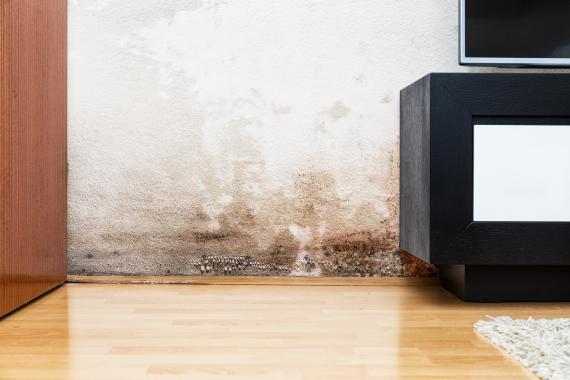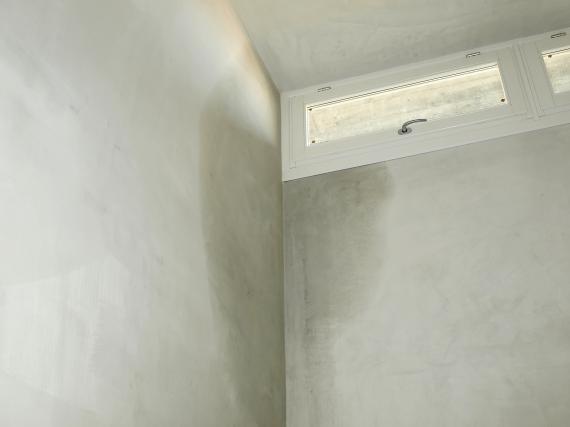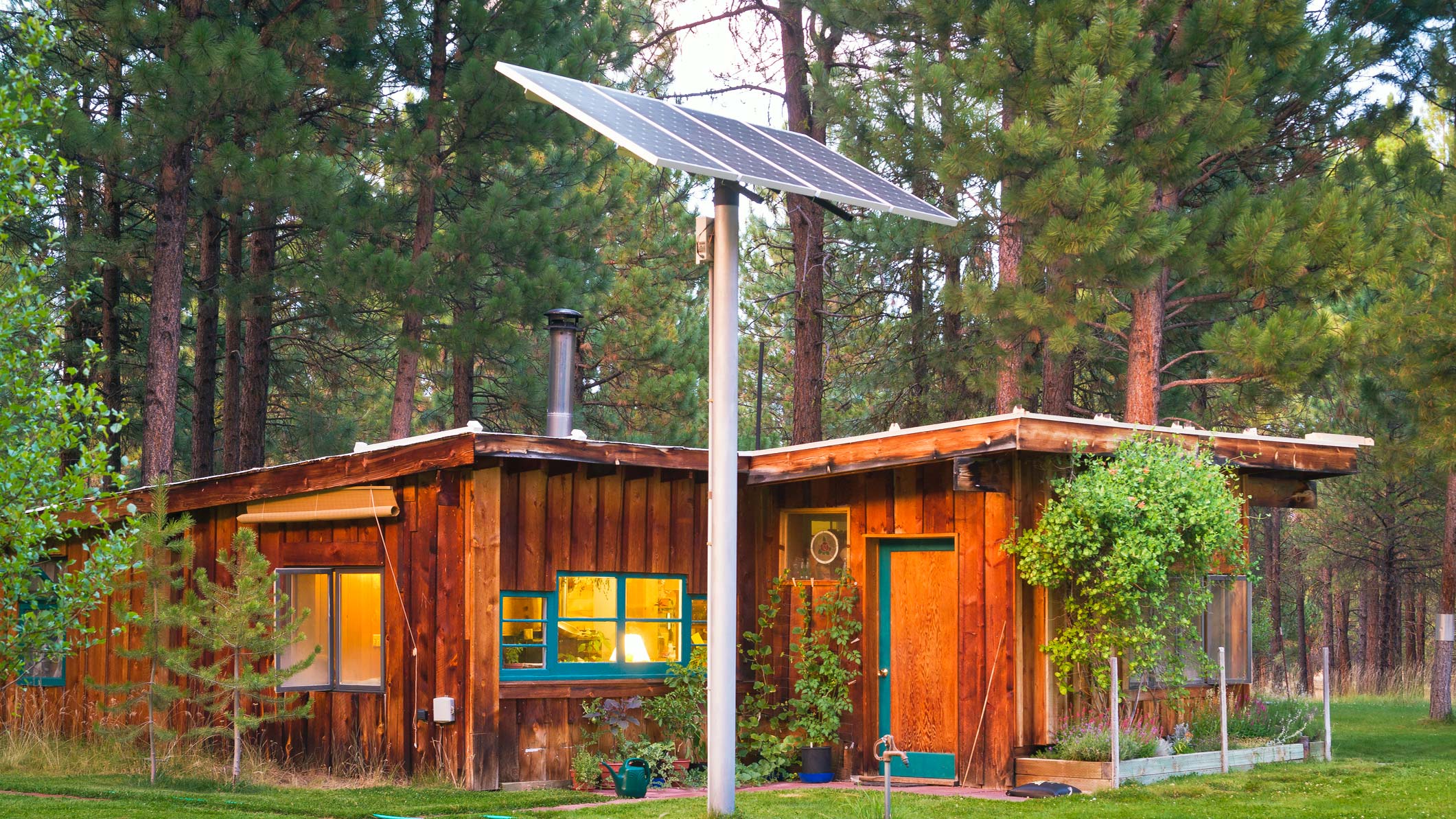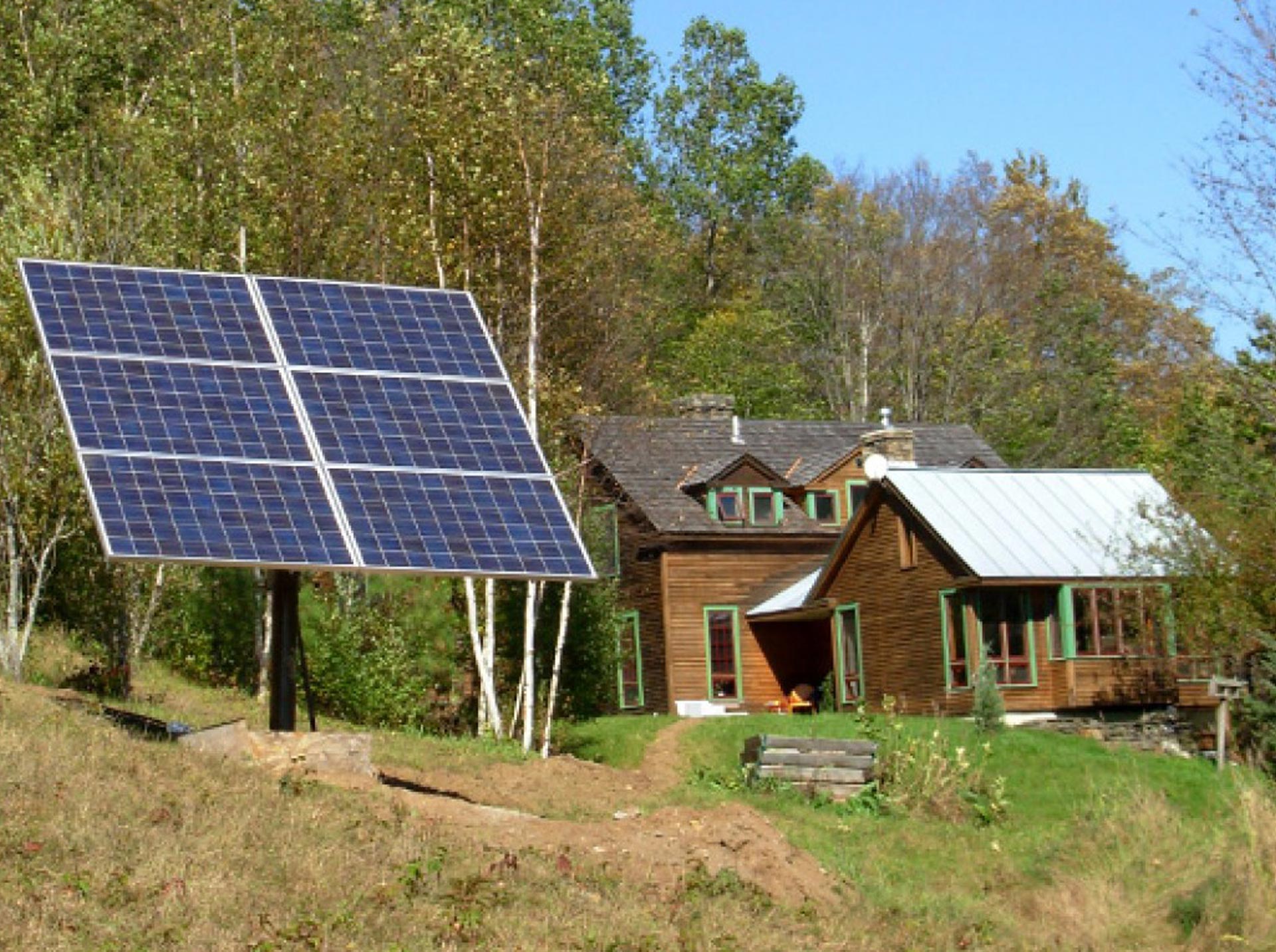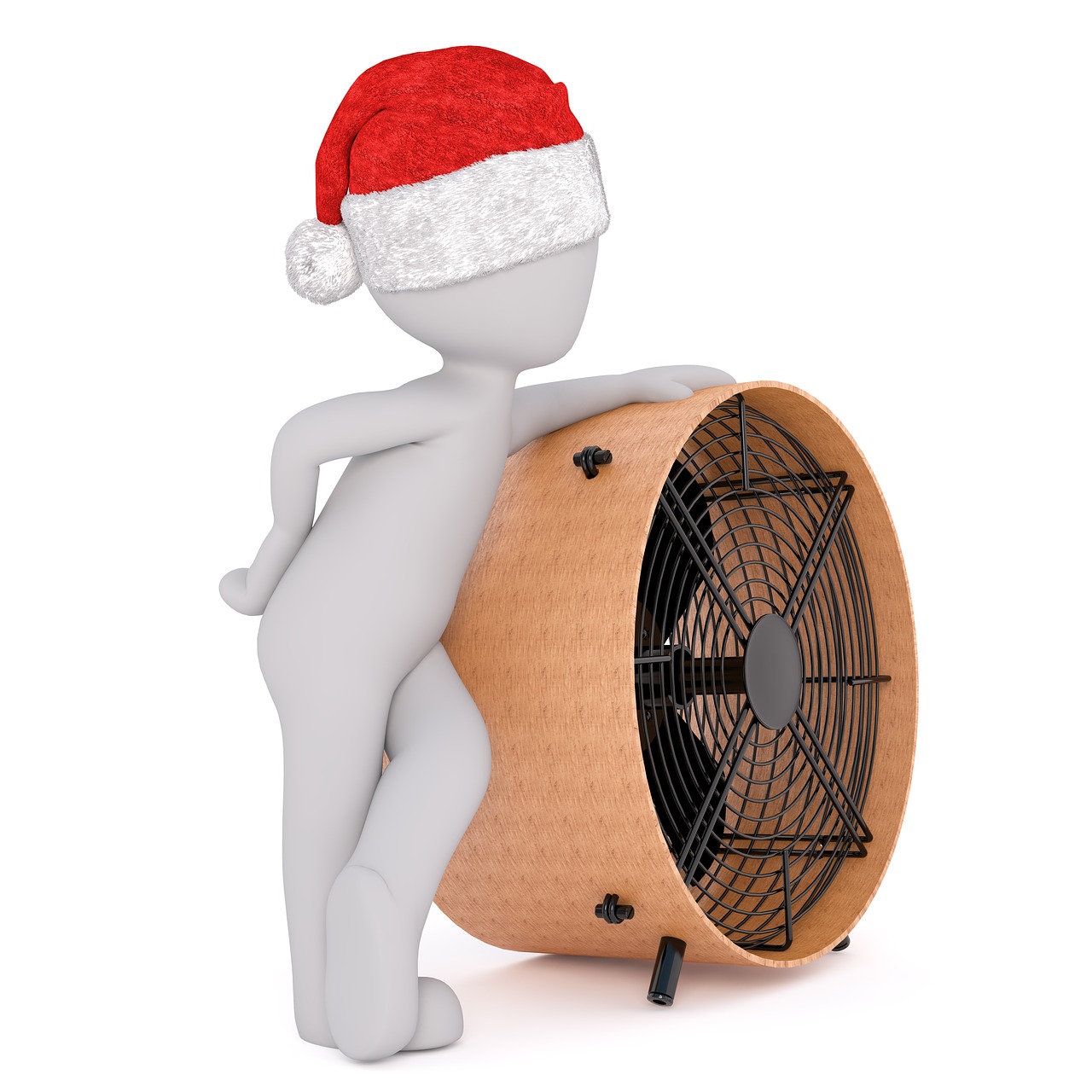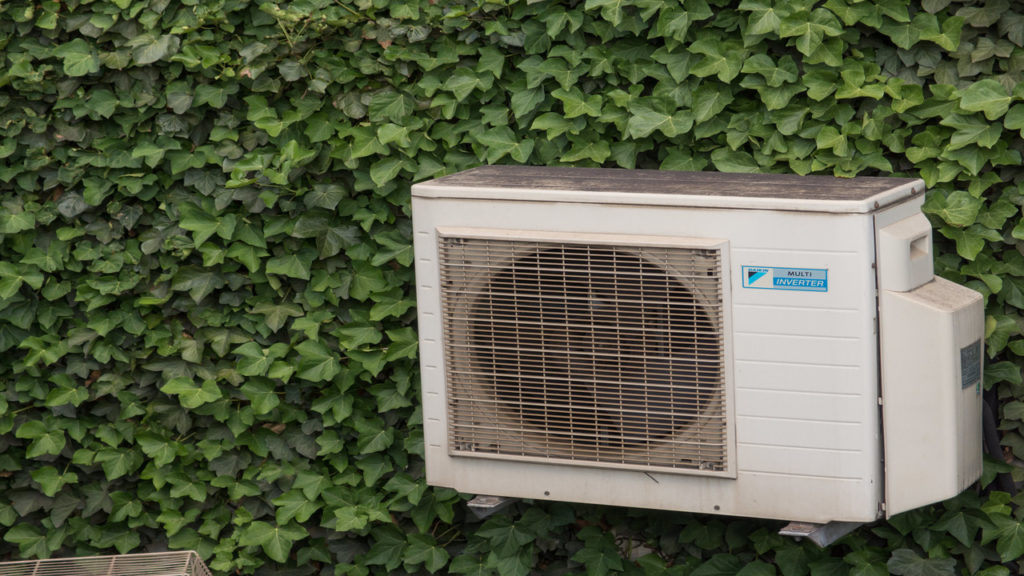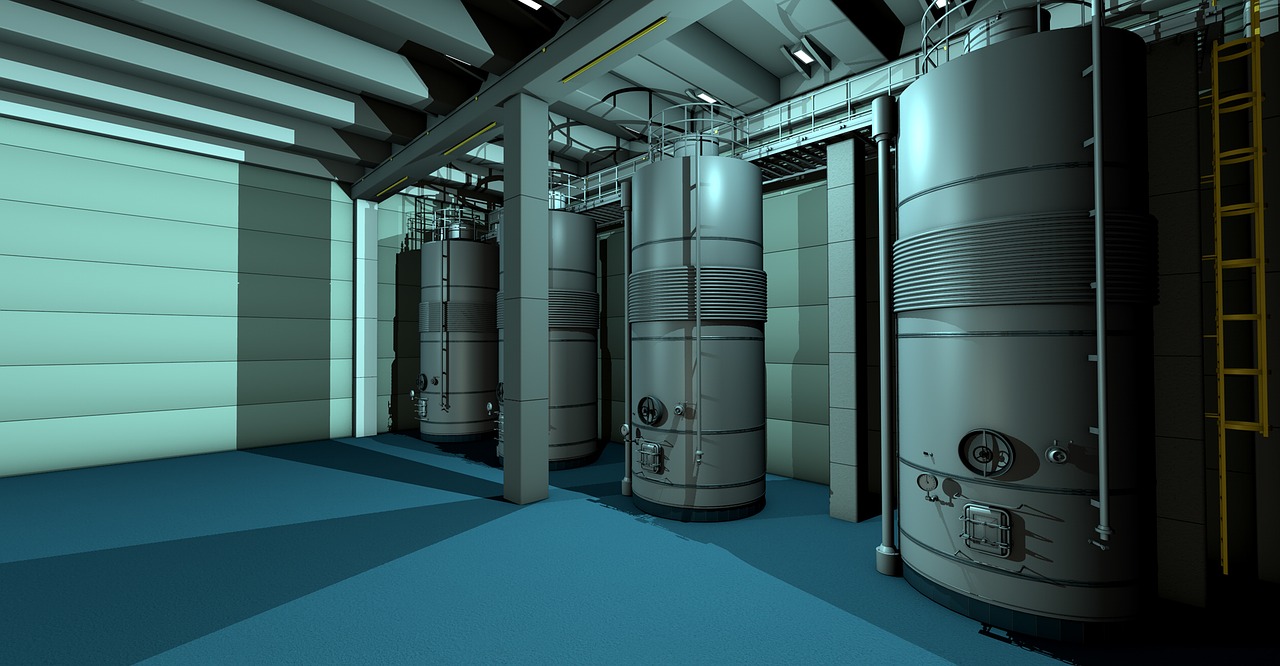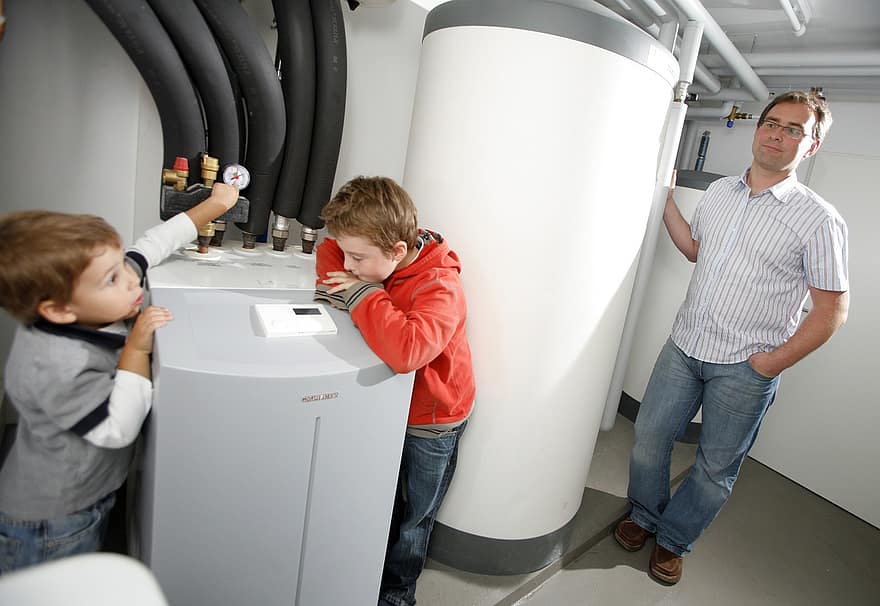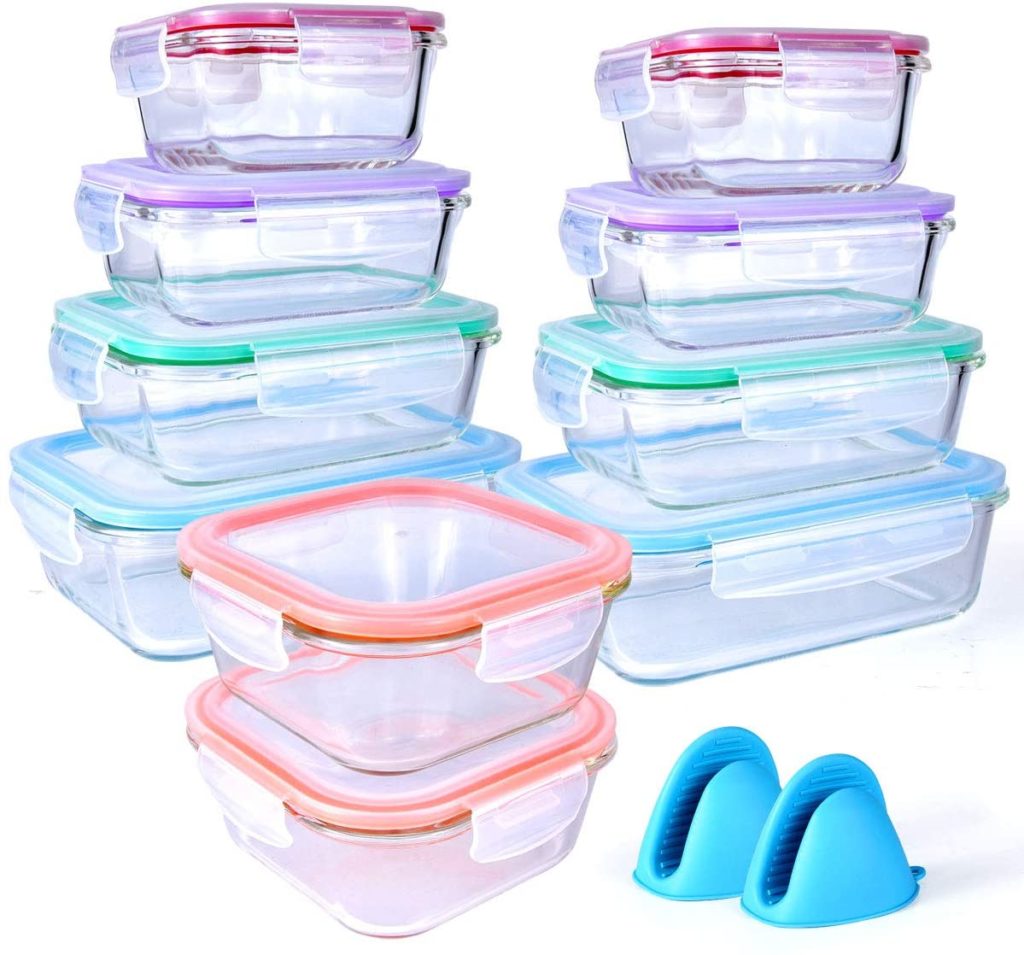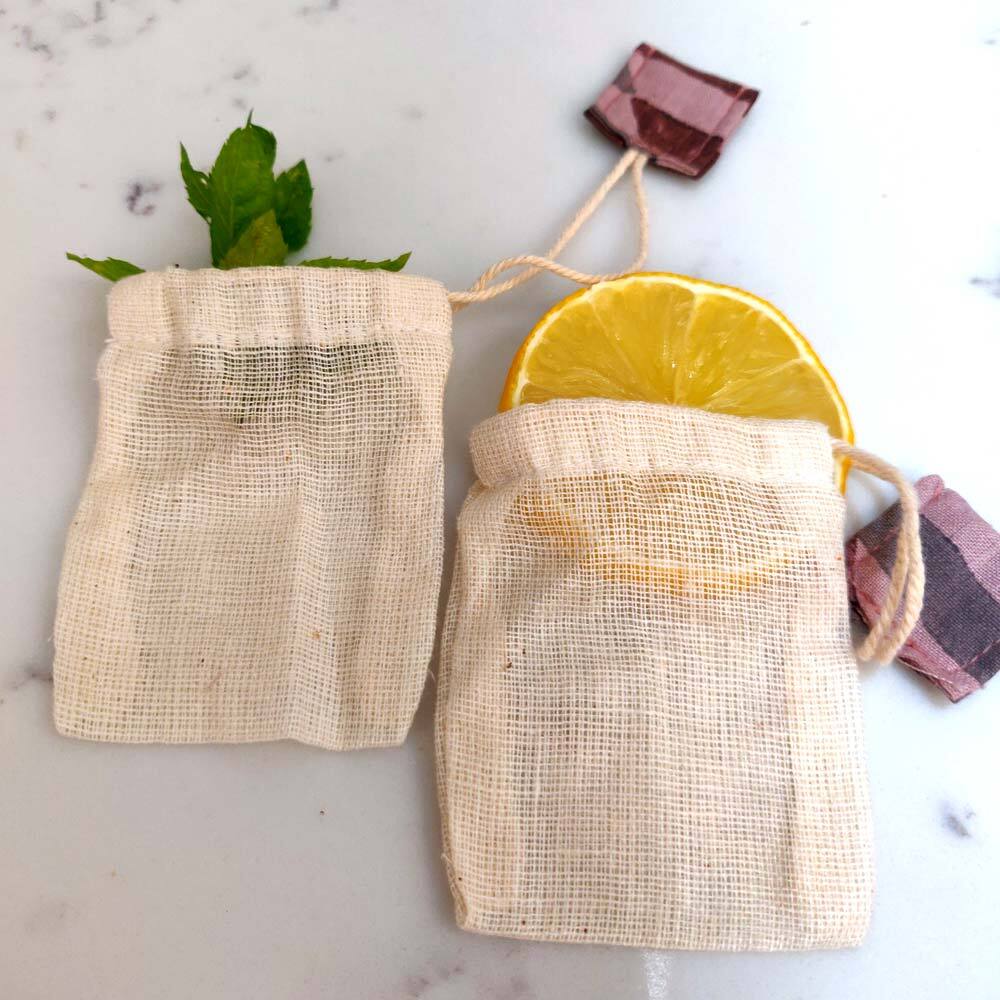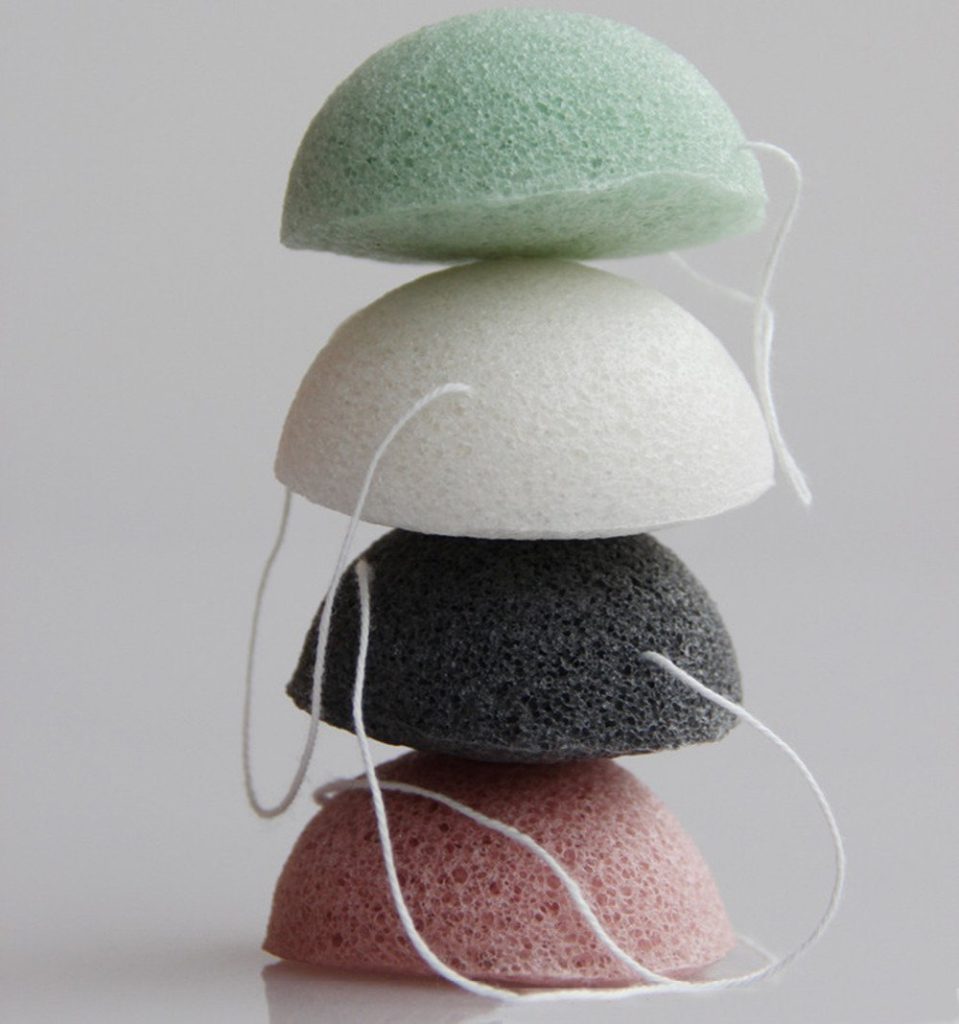Conditioners, shampoos, curlers, straighteners, colors, hairstyles, foams, anti-frizz gels, and the list goes on and on. This is the range of hair care products that have appeared on the market and are taking the cosmetics industry by storm. However, many people are now turning to organic, environmentally friendly and animal-free hair products.
Organic products will help you keep your hair and scalp looking and feeling great. Hair is the mirror of your health. If you encounter emotional or physical problems in your life, they quickly manifest themselves in your hair; the use of natural and organic products helps your hair recover. The natural benefits of using natural and organic products are hardly debated. Studies have repeatedly proven the importance of these benefits and, as my hairdresser told me, it will improve the growth of my scalp and hair, and it does.

So here are the benefits of using organic hair products:
1. Nature provides the best care without being aggressive.
Many of the active ingredients in shampoos and conditioners on the market that promise beautiful hair are synthetic. These chemicals can give you silky hair, but intensive use of these products can and will damage your hair over time. Natural hair care products are wonderfully safe and effective to use on your hair. Organic shampoos, conditioners, balms and other hair care products contain plant-based ingredients that allow you to care for your hair without fear of irritation and allergies. These products are gentle and hypoallergenic, so they can be used by everyone, even those with sensitive skin and scalp.
2. Organic hair care products are effective!
Numerous studies on organic and all-natural hair care products indicate that the active ingredients of plants are very useful in caring for your hair. Organic ingredients contain natural active ingredients, vitamins and minerals that would be good for your hair. Coconut oil, for example, is rich in fatty acids, vitamin E and minerals. The use of a hair product based on coconut oil will therefore certainly increase the strength and vitality of your hair. Many organic hair products contain aloe vera, shea butter and other plant extracts. These ingredients have different effects and benefits, so you can choose which product to use for your specific hair problem.

3. They are environmentally friendly!
As these products are organic, their use would not harm the environment. The ingredients of these products are highly biodegradable, so you won’t pollute the environment by using them. Synthetic products contain ingredients that take care of your hair at the expense of the environment.
4. Organic products are much cheaper.
If you compare the prices of cosmetics and chemical-based products, organic products are much cheaper. Why would you pay crazy amounts of money for things that would end up damaging your body? Organic products care for and nourish your hair for a lower price, so they can give you value for your money.
All of the above reasons tell you why you should use organic products. They offer you the best possible care for your hair and are hypoallergenic, so you won’t need to use more expensive synthetics and chemicals. That’s why organic hair care products are your best chance of getting the hair of your dreams.
If you choose to use hair care products that contain only organic ingredients instead of chemicals, your hair will feel livelier and healthier. Every time you buy a product, you vote for the ingredients in that product and for that company. Leyla Kapieva, the only distributor of the T-Lab Professional collections in Miami, has access to an incredible and extensive line of organic hair care products. Each cream and treatment is specially designed to nourish, condition and strengthen your hair while reversing damage caused by the environment and harsh chemicals.
